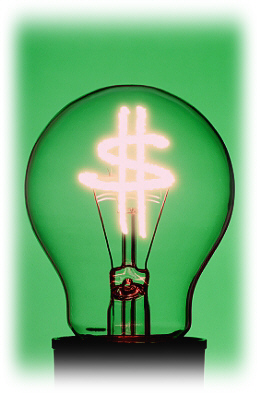
Remember 1996? The Spice Girls opped the charts, wind suits were all the rage and electricity rates in Pennsylvania were 15 percent above the national average. In the keystone state’s largest cities, Pittsburgh and Philadelphia, electricity rates were often among the highest in the nation. Today, electricity generation rates across the commonwealth continue to stay below the national average thanks to competition.
Inefficient power plants including expensive new nuclear plants were plagued by waste thanks to an electricity generation monopoly where rate payers had no choice. That all changed in 1996 with the introduction of competition, giving residents options and power plants an incentive to improve efficiency. Over the past few years, declining natural gas prices have added to the competitive pressure continuing to suppress electric generation rates.
Residential rates in Pennsylvania have dropped 8.4 percent since July 2011 according to the Energy Information Administration. Pennsylvania’s rate of 9.99 cents per kilowatt hour is comfortably below the national average of 10.35 cents. Pennsylvania’s average rate is the lowest among mid-Atlantic states where the average price is 13.62 cents per kilowatt hour.
Commercial rates have also dropped since last July, making the state more attractive to job creation. Rates are currently 9.28 cents per kilowatt hour compared to 10.34 cents per kilowatt hour in 2011.
The impressive record of competition bringing down rates can easily be overlooked when the default suppliers of electricity occasionally raise rates. PECO energy raised residential rates on October 1st by 21 percent. Electricity will increase from 8.64 cents per kilowatt hour to 10.50 cents per kilowatt hour. But thanks to competition, residents can largely avoid any rate increase.
There are over a dozen providers offering residential rates around 8 cents a kilowatt hour. Overall, customers in the PECO service area can choose from 45 different suppliers. That’s a long way from 1996’s electricity generation monopoly.
